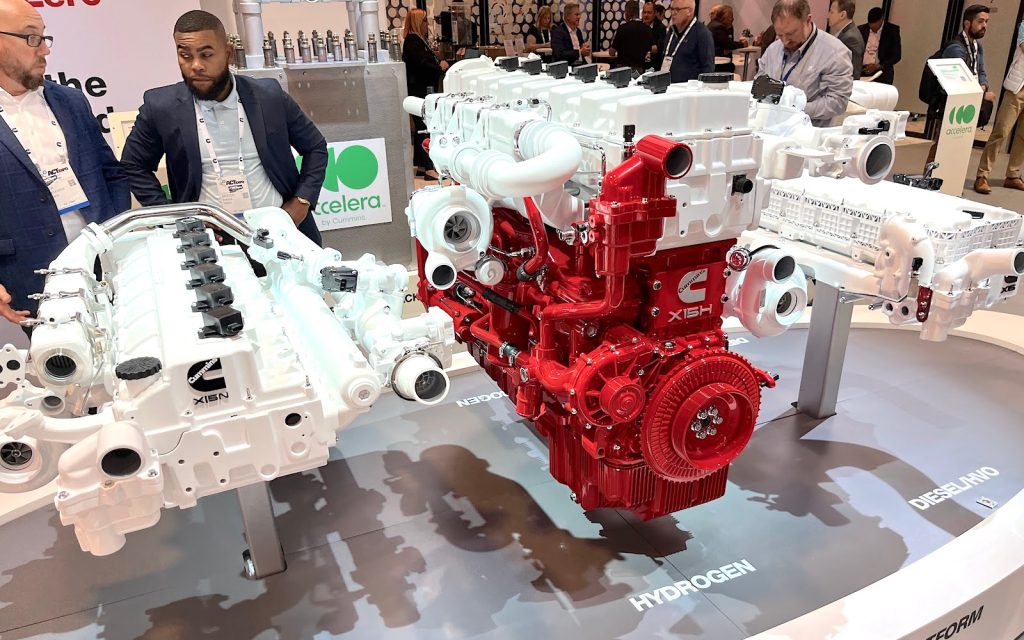The US Department of Energy’s latest round of funding includes millions for truck OEMs like Cummins and Paccar to earmark for battery research and help drive lower electric truck battery prices and advance the cause of EVs in the transportation sector.
$60 million of the DoE funds will go to the United States Advanced Battery Consortium to further develop lightweight, lower-cost batteries for light, medium, and heavy-duty vehicles, as well as less expensive battery recycling processes.
The remaining $71 million is being split across 27 other projects, each focused on increasing driving range range, reducing battery costs, and advancing on-board EV charging systems and telematics. Among those projects, battery tech startups Lyten and Zeta Energy, as well as manufacturing company Coherent, stand out – because they’re working on lithium-sulfur batteries.
Each of the three companies received more than $3 million specifically to develop lithium-sulfur battery tech, which researchers at Argonne National Lab say could be more affordable to produce than ion-based batteries while also offering superior energy density to “conventional” li-ion batteries.
That said, it’s not all good news.
Hydrogen gets a boost, too

Despite the fact that numerous studies and at least one smart truck-maker have already written off hydrogen as a viable transport fuel, diesel engine manufacturers Cummins and Paccar were each awarded $3.5 million for R&D related to hydrogen internal combustion engines for heavy-duty vehicles.
Cummins has shown both full and blended-hydrogen combustion engines in recent years, with the new 15L Cummins engine (shown, above) able to run effectively on either diesel, blended hydrogen, compressed natural gas, or “pure” hydrogen off the same bottom end, enabling the engine-maker to quickly transition its assembly lines to respond to market needs as the fueling infrastructure evolves.
Cummins received an additional $5 million to develop a wireless charging solution for heavy-duty vehicles.
Electrek’s Take
The move to electric truck fleets is coming – and you can see that in the fact that we’re talking about millions of government dollars going to hydrogen while billions (with a “b”) of the OEM’s dollars are going into manufacturing batteries.
Batteries have already won, and only massive amounts of government subsidies will keep hydrogen’s hopes as a transportation fuel alive.
FTC: We use income earning auto affiliate links. More.



